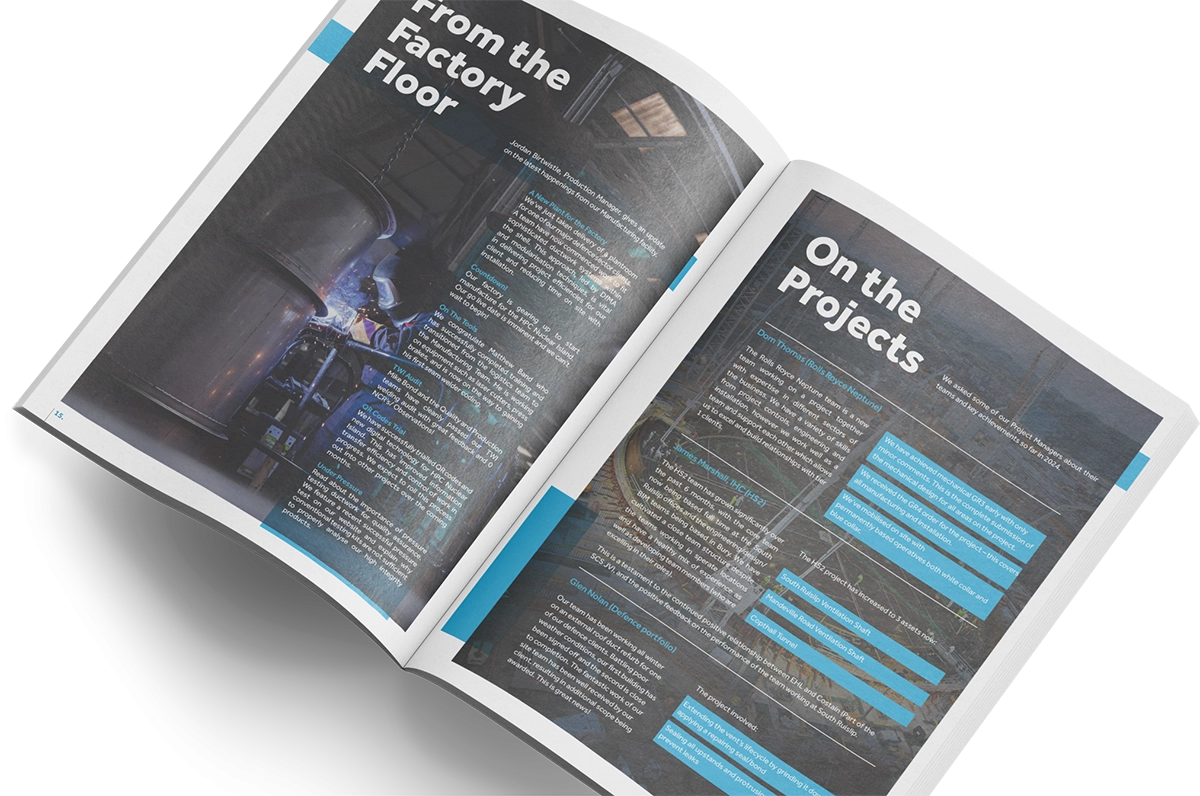What is a CDE?
How a Common Data Environment is used at Exyte Hargreaves

Written by John Prydderch on February 7th 2023
How a Common Data Environment is used at Exyte Hargreaves

Written by John Prydderch on February 7th 2023
CDE is an abbreviation for Common Data Environment. It is a common term used in BIM – but what does it actually mean, what do they do and how do we utilise them at Exyte Hargreaves?
A CDE is a cloud-based environment. This means the data is stored on a network of remote servers hosted on the internet rather than a local server or drive. There are many key advantages to cloud-based environments rather than local servers such as:
The main function of a CDE is to store and manage common information relating to a construction project, all within one single platform. A CDE makes this information readily available to the correct people whether they are in an office or using a mobile phone in the field. Individuals are granted access to review data based upon their level of authorisation/clearance as well as their scope of works within the construction project.
Due to the authorisation-based access; clients, subcontractors and other project teams can be given access to relevant information within your CDE to promote sharing and issuing of information as well as collaborative working without compromising sensitive data. Types of ‘common data’ include 3D Models, Drawings, risk assessments, method statements and other documents commonly used within a construction project. The CDE acts as the single source of truth for all information, using metadata and revision management to provide users with a dependable audit trail for all documents and models relating to the built asset which reduces disputes and drives faster conflict resolution.
CDE’s are becoming a vital platform for construction businesses because of the ISO 19650 standards which define the processes that should be used for effective information management within BIM projects. Within ISO 19650-1, it is suggested that “A CDE solution and workflow should be used for managing information during asset management and project delivery”.
However, most CDE’s offer much more than just document management!
A CDE is designed to increase confidence by providing users with all the information they need to make informed decisions. It does this by merging the graphical information created in a Building Information model, with the non-graphical data accumulated throughout the project lifecycle.
A CDE enables project teams to eliminate barriers to communication through utilisation of the BIM model to increase visualisation and understanding when communicating with others. Due to the BIM viewers and cloud-based nature adopted by many CDE’s, there is no longer a need for complex software to view BIM Models. This enables project teams to access an abundance of graphical and non-graphical data all from their mobile phone.
There are many impressive CDE’s on offer for the construction industry, each of which boasts its own unique selling point. So how do you decide which CDE to choose? As with any software, it is important to analyse the pro’s and con’s of each, and decide which CDE offers the functionality that best suits your business needs.
For Exyte Hargreaves, that is Dalux!
Dalux offers great functionality throughout project delivery and beyond. It has been our chosen CDE for 3 years now. Dalux is user-friendly, mobile, and yet very powerful! It has a lot more to offer than a conventional Common Data Environment. There are many Dalux features we utilise, catering to the whole project lifecycle, starting from their ‘Tender’ portal utilised at the start of the project, to Dalux ‘Handover’ and even onto Facilities Management (FM) once project delivery is complete.
Exyte Hargreaves are deep into our Digital Transformation journey and this has been aided through the use of some of Dalux’s innovative features:
Be sure to follow our Exyte Hargreaves LinkedIn page for updates on our digital transformation and many applications of technology on active projects.

Subscribe
1872 is our online blog and digital magazine. We’ll bring you news and events from around the business, as well as thoughts and opinions on the topics resonating within our industry.